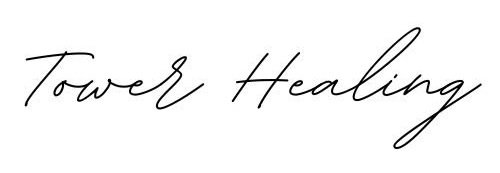Alternate Nostril Breathing
Did you know that each nostril is connected to the opposite side of the brain and that by breathing through one nostril vs. the other can have different effects on the body and mind?
Sound crazy?
It’s a breathing practice (pranayana) called Nadi Shodhana, alternate nostril breathing or sometimes called channel-cleansing breath. Nadi refers to the energy that circulates throughout your body, while Shodhana refers to purifying or cleansing. Nadi Shodhana then is said to help clear your energy channels and bring about inner balance. It has many benefits including regulating the nervous system, lowering blood pressure and heart rate, improving lung and brain function and manage stress and anxiety.
It’s a practice done by alternating breathing from one nostril while keeping the other closed with a finger, then swapping nostrils. It can be done to relax, feel grounded and centered, or during meditation.
Although it is safe for most people, if you have a lung condition like asthma or COPD you may find it difficult to take deep breaths, take your time, keep your inhalers nearby if you have them, and as always, consult with your doctor first.
The right nostril is a gas pedal. When you’re inhaling primarily through this channel, your circulation speeds up, your body gets hotter and cortisol levels rise along with your blood pressure and heart rate. It’s associated with the Pingala (Shiva) channel which embodies the sun and has a heating effect on the body. It’s linked to the left brain function and is associated with active external energy, intellectual pursuits and rational reasoning. When you need to be practical and logical, this is the nostril you want to engage.
While the left nostril is more deeply connected to the parasympathetic nervous system, the rest-and-digest side that lowers our body temperature and blood pressure and reduces anxiety. It’s associated with the Ida (Shakti) channel which represents the moon and has a cooling effect on the body. This is linked to internal energy and the right side of the brain. It’s connected to the imagination, intuitive thinking and subjective decisions. When you’re feeling the need to be creative, or relax, consider breathing through this channel.
Our body naturally alternates our breathing throughout the day between our nostrils, however, often they are shallow breaths. A key to breathing and pranayama is to increase our lung capacity which can have an impact on your life expectancy. Over time shallow breathing limits the range of our diaphragms and lung capacity and can lead to the high shouldered, chest-out, neck-extended posture common in those with emphysema, asthma and other respiratory problems. The key to improving this, is to breathe slower, deeper and therefore taking less breaths overall. Slower, longer exhales mean higher carbon dioxide levels and that increases our aerobic endurance.
According to James Nestor of “Breath: The New Science of a Lost Art” the perfect breath is an inhale of about 5.5 seconds and then exhaling for 5.5 seconds. That’s 5.5 breathes a minute for a total of about 5.5 liters of air.
How to Do Alternate-Nostril Breathing:
Choose a quiet place to sit and give it your full attention with your spine erect, shoulders relaxed and eyes closed. (Not while driving or operating machinery)
You may want to blow your nose first and keep tissues nearby. (Some may even prefer to cleanse their nostrils first with jala neti - purification with warm salt water)Bring your right hand up to your nose, with your thumb to the right and your forefinger and middle finger to the left.
Place your thumb on your right nostril (closing it), close your eyes, exhaling fully, then slowly breathing in and then out through your left nostril.
Once you’ve exhaled completely, release your thumb from your right nostril and press your ring finger to close your left nostril.
Breathe in slowly and deeply through the right nostril. Once you’ve inhale complete, exhale through the right nostril.
Repeat the full process, alternating as listed above.
Note - This can also be done with a breath hold between sides closing both nostrils, or alternating the inhale on one side and exhale on the other.
The next time you have trouble sleeping, try breathing through your left nostril to stimulate parasympathetic nervous system for rest… and let me know how it works for you!
Bri
References
https://www.webmd.com/balance/what-to-know-about-alternate-nostril-breathing
https://www.medicalnewstoday.com/articles/alternate-nostril-breathing#breathing-exercises
https://health.clevelandclinic.org/alternate-nostril-breathing/
https://bmcresnotes.biomedcentral.com/articles/10.1186/s13104-017-2625-6
https://himalayaninstitute.org/online/nadi-shodhana-equalizing-the-flow-of-breath/
Nestor, James. Breath: The New Science of a Lost Art.
